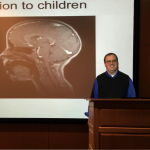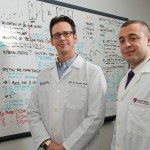
MRI provides several imaging contrasts to study the dynamic muscle movements and functional neural control of speech and swallowing. Leveraging a recently developed low rank imaging approach called partial separability, Dr. Brad Sutton from the University of Illinois at Urbana-Champaign was able to achieve 150 frames per second and provide 3D dynamic imaging of the […]


